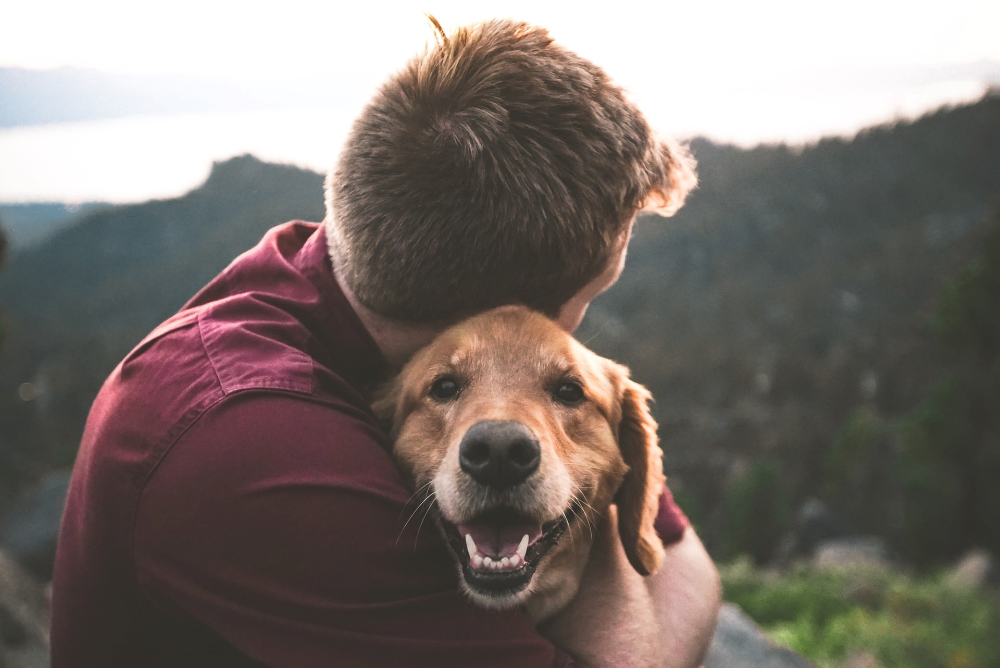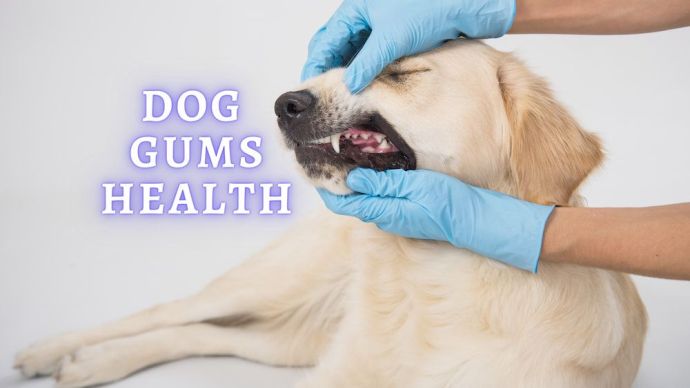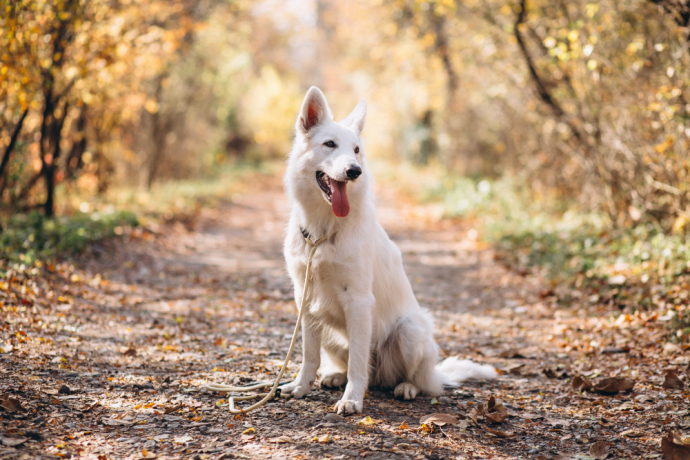Spaying Female Dog: Vet Advice On Spaying Your Female Dog
Written by:
Author: Dr. Linda Simon
Dr. Linda Simon is a veterinary surgeon working with seven years of experience. She is a fellow of the British Veterinary Association and specializing in animal medicine. Also, she has been the Woman magazine resident vet for the past two years and writes a regular column for them, focusing on pets and their health.
View all 30 articlesLearn about our editorial process and veterinary review board.
Viewed: 526
Updated on: 07/14/2022
What does it mean to have a Bitch spayed?
Spaying is a surgery to remove the sex organs of the female under an anesthetic. This may be the ovaries alone, or the ovaries as well as the uterus. Once a female has been spayed she will not have a season and cannot get pregnant.
What is the right age to Spay a Female Dog?
One of the best things that we can do for our bitches is to have them spayed, but it is important that we have them spayed at the best time for them. While the typical age for spaying a female is six months and before they have had their first season, this may not be the right time for every dog.
Many dog sanctuaries, shelters, and rehoming centers will spay their females a lot earlier than this; some as young as three months old. The benefit of doing it so young is that we know these females will never mate and become pregnant, helping to combat the canine overpopulation crisis. However, anesthetic in such a young dog can pose an increased risk, especially in smaller breeds who are less able to regulate their blood sugars and body temperatures.
Some vets argue that six months is a better age as animals are more robust and better able to cope with the surgery and recovery. At this stage, it is unlikely that a female will have had a season so the chance of pregnancy is low. Also, it has been proven that females spayed before ever having a season have a much-reduced risk of developing mammary cancer.
Another train of thought is that we should neuter after the first season but before the second season. This is because studies have proven that neutering before the first season can increase the likelihood of a bitch developing urinary incontinence in later life while allowing her to experience one season decreases this risk. The drawback is that there is a higher chance of unwanted pregnancy and the owner and dog have to put up with a season (which can attract local males and can also create quite the mess within the home!).
READ MORE: Become a Foster Dog Parent
What about Spaying an older Dog?
It is not uncommon for owners to leave their younger females intact, perhaps because they want the option to breed from them or because they were unaware of the health benefits of neutering. Just because a dog is older, does not mean they cannot be spayed. At any age, spaying provides health benefits. While it will depend on the individual’s health status and ability to undergo an anesthetic, it is nearly always a good idea to spay a female, regardless of how old they are.
What are the Benefits of having my Dog spayed?
- We have historically spayed females because it is the best way to prevent a dog from having puppies.
- We stop a dog from going into the season, which would otherwise occur as often as every 6-12 months. A season can prove irritating when it attracts local males and when there is bloody discharge to clean up around the home. During a season, some dogs act more clingy, nervous or even aggressive.
- Only 1 in 200 dogs spayed before their first season will develop mammary cancer. Waiting to spay means an increased risk of tumor development.
- Spaying is the only way to ensure a dog does not develop a uterus infection (pyometra) during their lifetime. This nasty infection can make a dog very ill; without prompt and aggressive treatment, many patients will pass away.
READ MORE: How to Calm Your Dog
Are there any Risks to the Surgery?
Yes, a spay surgery is a routine procedure carried out daily in most vet clinics, but this does not mean that it is not without its risks. A spay is a major abdominal surgery that often takes about an hour to perform. Risks can include internal bleeding, peritonitis, and even ligation of the ureter (the tube which connects the kidney to the bladder). It is important that owners are made aware of the potential complications, but also that they understand that most vets will agree that the benefits far outweigh the risks for most dogs.
During recovery, there is the possibility of the wound breaking down or becoming infected, especially if the dog is allowed to exercise too soon or is able to lick their wound. Providing a strict rest period and preventing licking with a pet t-shirt and/or a buster collar can go a long way towards minimizing issues.
Do Female Dogs change after Being Spayed?
A dog’s personality will not change after the surgery; this is an old wives’ tale. What will change, is that a female will not go into season again? As some dogs become ‘moody’ or anxious during their season, owners may tell us that their dog seems more relaxed in general after her surgery.
Physically, it has been found that some females gain weight after being spayed. This may be due to the reduction in hormones or possibly a slower metabolism. Luckily, this can be prevented by providing a calorie-controlled diet and sticking to a sensible exercise program.
What happens if you Spay a Bitch too early?
- Spaying a puppy is riskier than spaying an adult as they are less suitable candidates for anesthetics. This is why many vets wait until a female is five or six months of age before carrying out the surgery.
- Spaying before the first season means that a female is statistically more likely to develop urinary incontinence when they are older, especially if they are a large breed. While this can, of course, be a major issue, most vets believe that it is ‘the lesser of two evils’ when you consider the decrease in the occurrence of mammary cancer (a disease which can prove fatal).
- Studies are constantly being carried out and recent research indicates that early spaying may increase the risk of certain cancers such as osteosarcomas and many joint issues, including hip dysplasia and IVDD. The risk is highly dependent on the size and breed of the dog, which is why it is always important to discuss each individual’s needs with their own vet.
Related: Neutering Your Male Dog
 Dog Veterinary Tips Dog Losing Hair Around the Eyes: Causes, Diagnosis and Treatment (Vet Advice)
Dog Veterinary Tips Dog Losing Hair Around the Eyes: Causes, Diagnosis and Treatment (Vet Advice) - 5181
- 0
 Dog Veterinary Tips Why is my Dog throwing up: Causes and Preventing (Veterinary Advice)
Dog Veterinary Tips Why is my Dog throwing up: Causes and Preventing (Veterinary Advice) - 21800
- 5
 Puppy Care How Much Water Should A Puppy Drink? Vet Advice On Puppies Daily Water Intake
Puppy Care How Much Water Should A Puppy Drink? Vet Advice On Puppies Daily Water Intake - 373
- 0
 Dog Veterinary Tips Why is my Dog throwing up: Causes and Preventing (Veterinary Advice)
Dog Veterinary Tips Why is my Dog throwing up: Causes and Preventing (Veterinary Advice) - 21800
- 5
 Dog Care My Dog Keeps Scratching His Mouth: Reasons Why Your Dog Scratching Face
Dog Care My Dog Keeps Scratching His Mouth: Reasons Why Your Dog Scratching Face - 17168
- 1
 Dog Care Why Is My Dog Bleeding From Its Butt? Causes and treatment of rectal bleeding in the dog
Dog Care Why Is My Dog Bleeding From Its Butt? Causes and treatment of rectal bleeding in the dog - 15101
- 0























